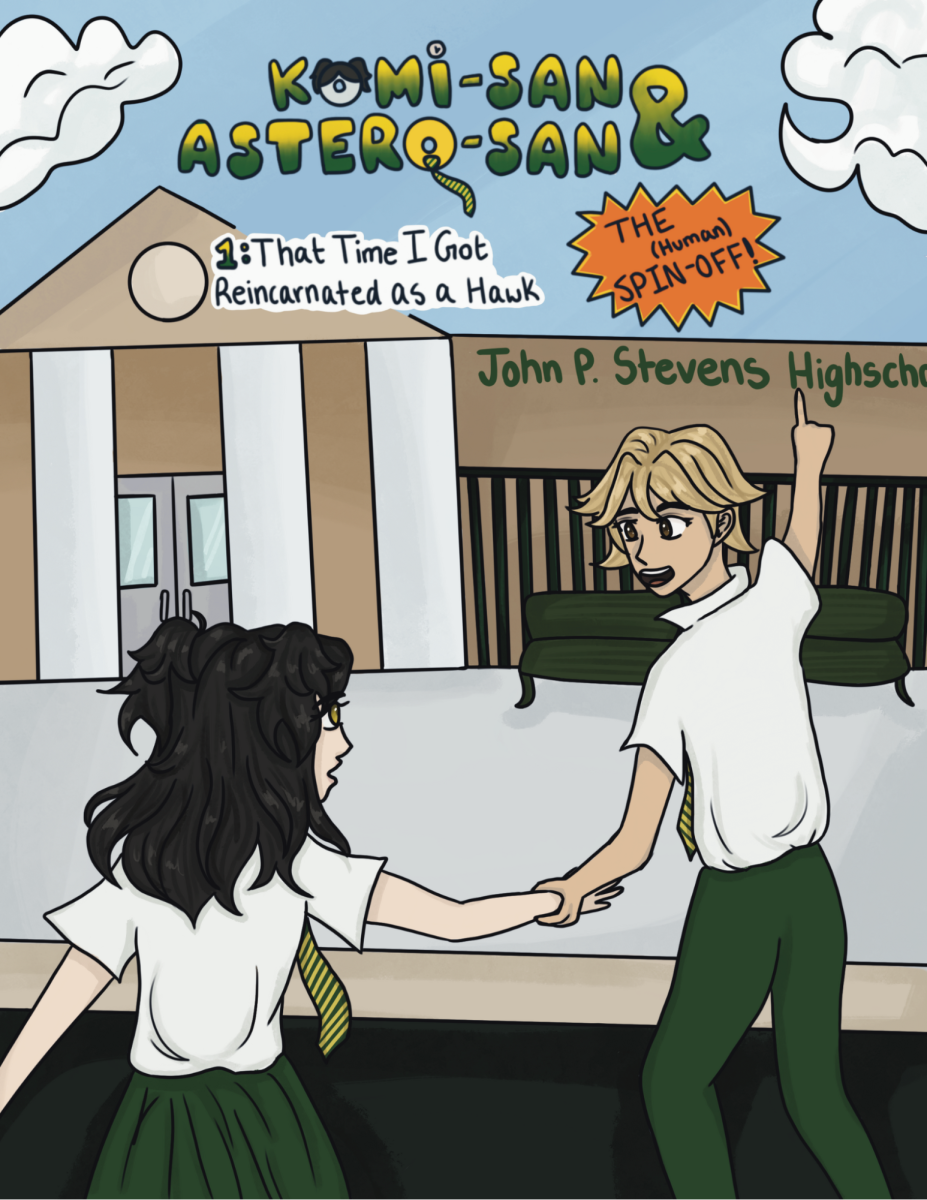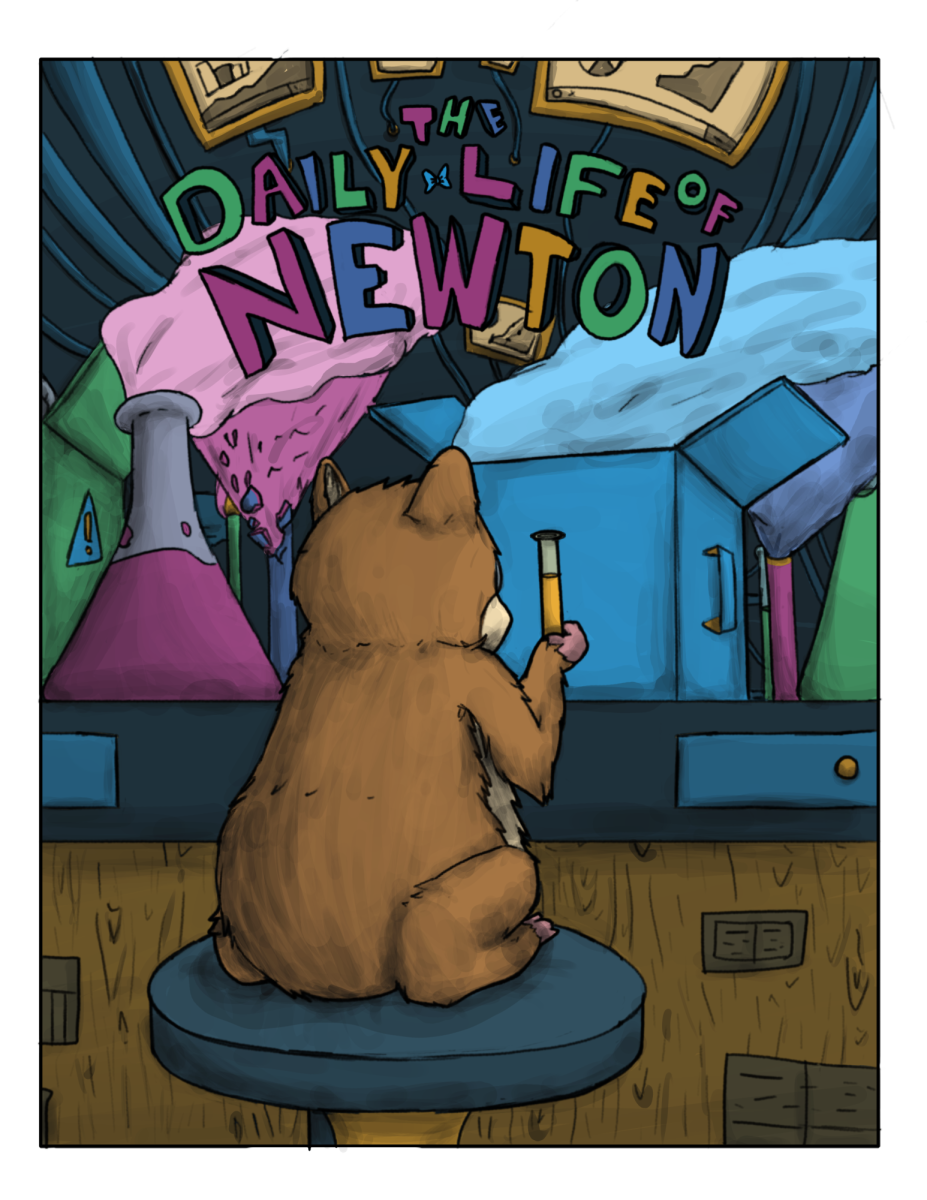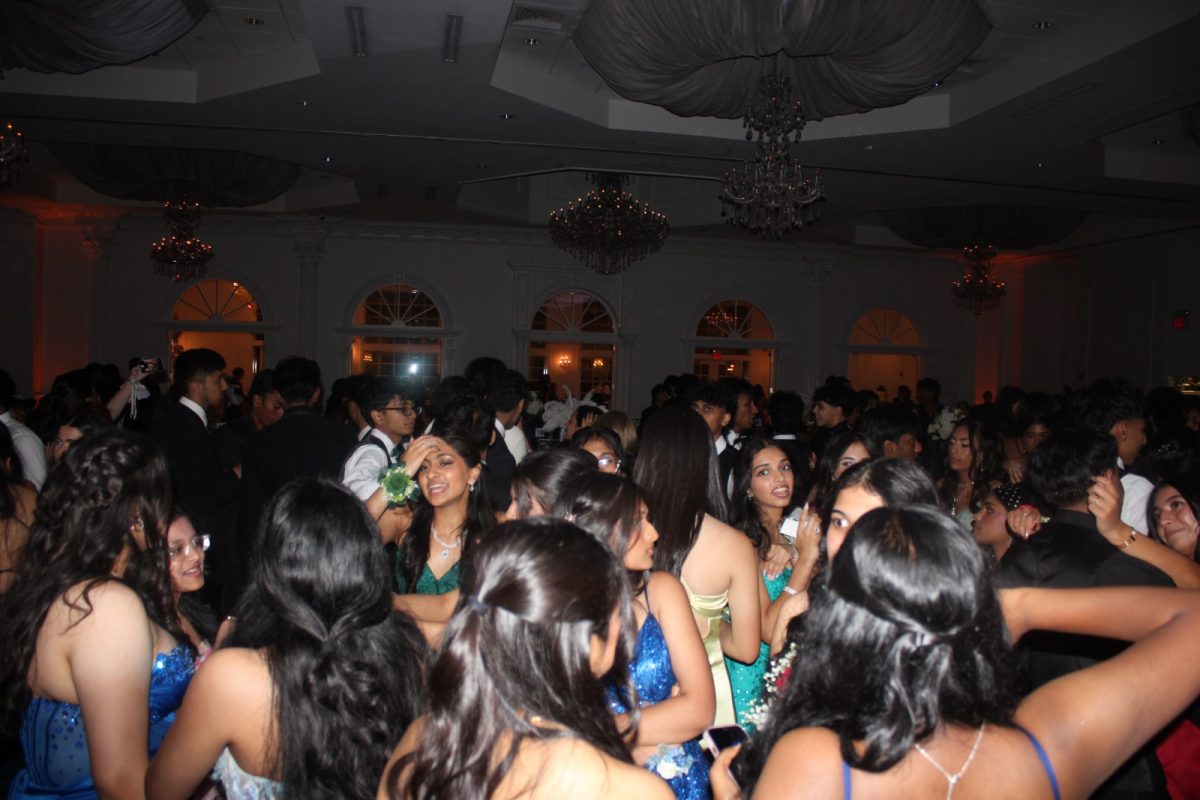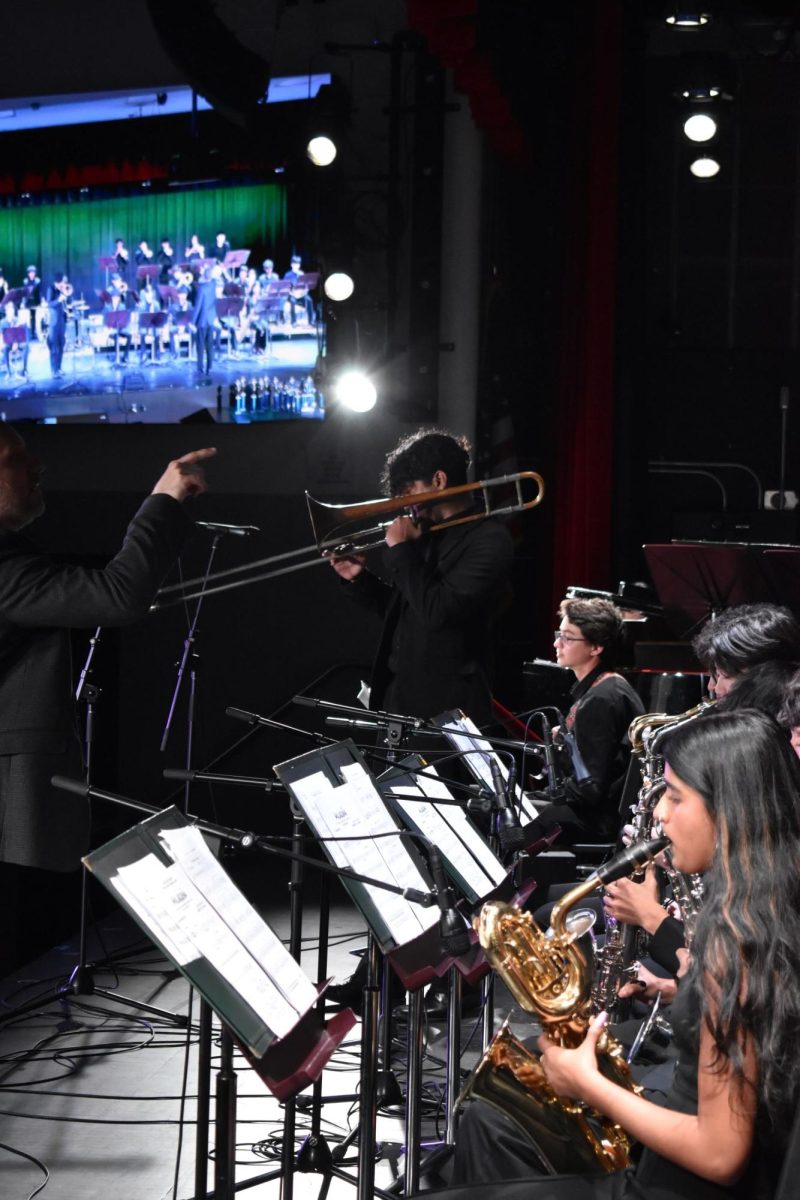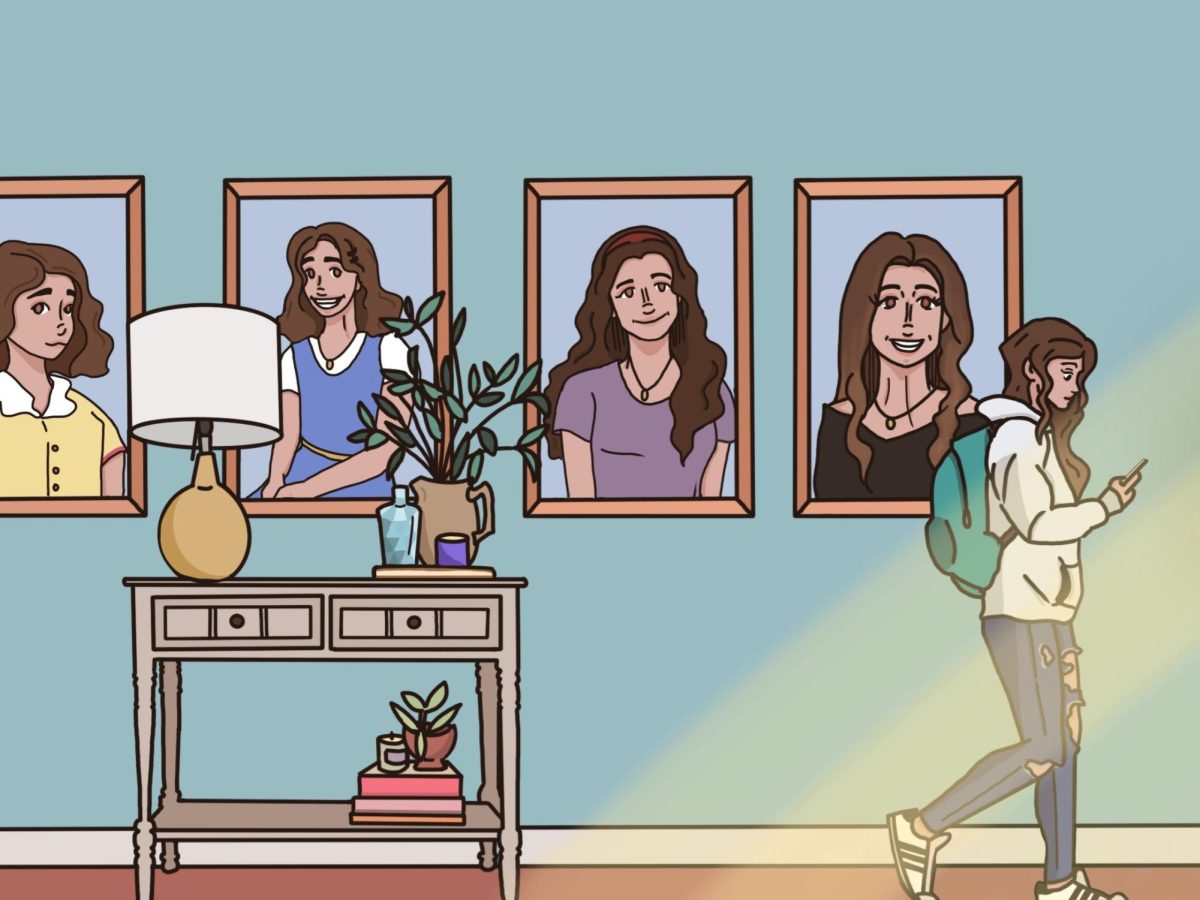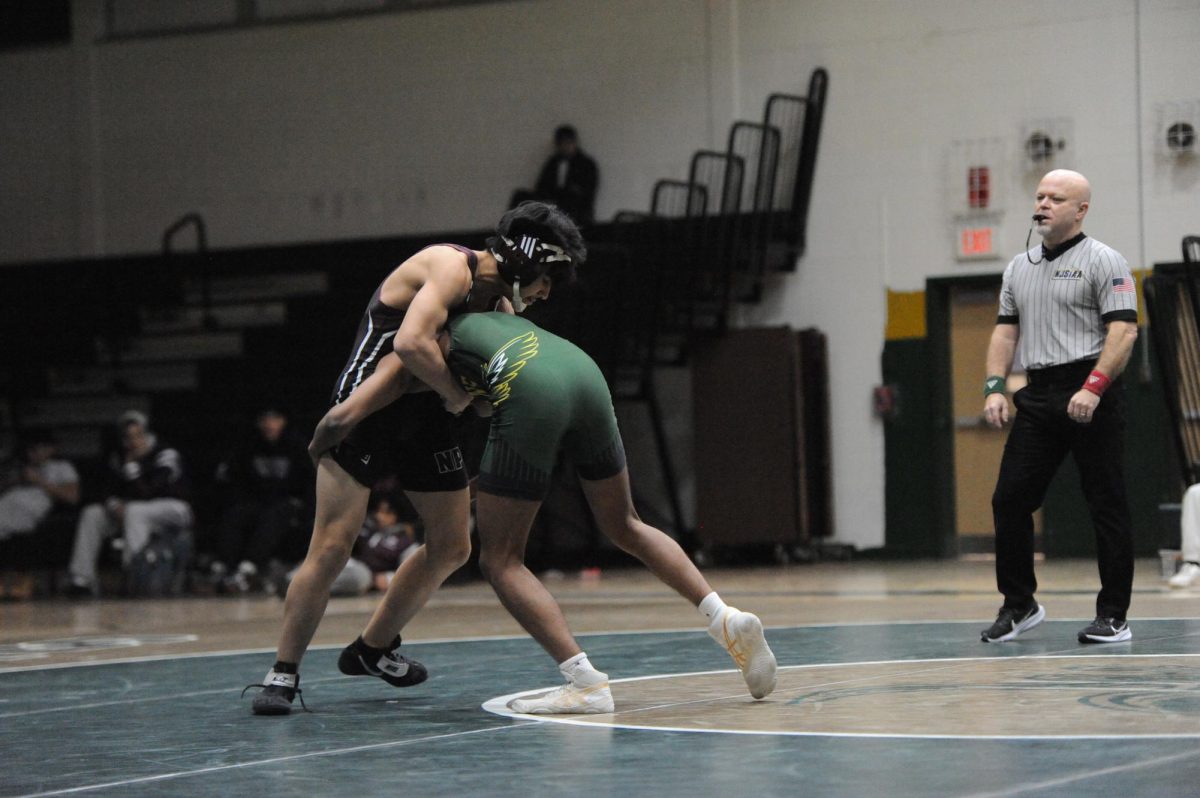Imagine standing at a subway station, looking to the left and right for benches to sit on, and only finding uncomfortable “leaning bars,” or backless benches, if any. This is hostile architecture, an urban design strategy aimed at decreasing the homeless population on the streets. As a result, the implementation of hostile architecture in many populous cities like New York, San Francisco, Los Angeles, and Wichita pushes homeless people to less visible areas (e.g., tunnels or underpasses), which furthers their marginalization and violates the civic rights of many disabled people. It also alienates people from enjoying their cities, parks, and subways, using tax funds to create more expensive, unusable, and impractical “benches,” and other pieces of architecture, provoking dissatisfaction and resentment among the general public.
The direct hit from hostile architecture goes to homeless populations who rely on shelter from subways and streets for survival and housing options, especially during extreme weather conditions. Although cities do offer shelter options, it is impractical for people experiencing homelessness to try their luck in getting a bed at these sometimes dangerous places. Even NYC Health’s “Winter Weather Health Statistics,” reflects the struggle of homeless people, noting “an average of 15 cold-related deaths, 150 emergency department visits, and 255 hospital admissions [occurring] each year during the cold season,” of which at least 25% of cold-related hospital admissions are of homeless people. The fact that homeless people, who are already economically deprived, must struggle to stay warm illustrates how hostile architecture marginalizes this group. Subsequently, this exclusion makes it even more difficult for them to break free from poverty. It disconnects them from society, leading them down a road of loneliness, thereby exemplifying the detrimental effect of hostile architecture.
Moreover, hostile architecture also poses problems for disabled or pregnant individuals, threatening their rights and defeating the purpose of public architecture. According to the Literatura Ludowa, “I Am in Eskew: Soundscape, Cityscape and Mindscape of Hostile Architecture,” by Aldona Kobus, “hostile architecture also impacts other individuals (pregnant people, people with children, elderly, people with disabilities etc.),” suggesting that this poses not only an inconvenience but a safety issue for all individuals. Additionally, how hostile architecture is incorporated into the streets of these cities detaches the general public from their town as they feel the discomfort of unwelcoming streetside accommodations in their day-to-day lives.
Furthermore, not only is this infrastructure detrimental to the general public, but it is also expensive. According to Housing Matters, “Homeless Encampment Sweeps May Be Draining Your City’s Budget” by Rudy Perez, “research shows [hostile architecture] costs taxpayers $31,065 a year to criminalize a single person experiencing homelessness while the yearly cost for providing supportive housing is $10,051.” This shows how the government does not solve the homelessness epidemic by funding railings studded with spikes; this is a gross misuse of money simply to keep people without homes off the streets. Ultimately, hostile architecture is driven by wealthier individuals who want aesthetically pleasing streets. While homelessness is an issue, the government needs to treat people without housing as part of their citizenry rather than as a hindrance and eyesore.
As bad as it gets, hostile architecture violates prominent engineering principles by prioritizing aesthetics over needs and inflicting exclusion on the minority. “The fundamental principles of engineering ethics include honesty, integrity, and respect for others,” according to Bansal Group of Institutes, “In addition, engineers are responsible for prioritizing safety, minimizing harm to society, and promoting public health and welfare,” which demonstrates the misuse of engineering as it is put against the people instead of for them. Additionally, this stark contrast further shows how the government targets the minority homeless and helpless populations for mere aesthetics and approval from the affluent. Reflecting on the definition of engineering, governments should be more inclusive in their approaches.
By and large, beneath the shiny trinkets of our modern cities lies a cold and dark truth: city infrastructure is being weaponized against specific minority populations. This chilling technique turns sidewalks into obstacles and benches into futile showpieces. The reality of hostile architecture is not only a discomfort to our lives, but it is also a threat to minorities and the general public. It is now our responsibility to reclaim our rights, making public places truly public and accessible to everyone.








